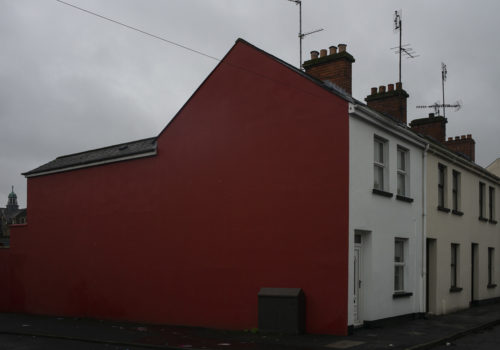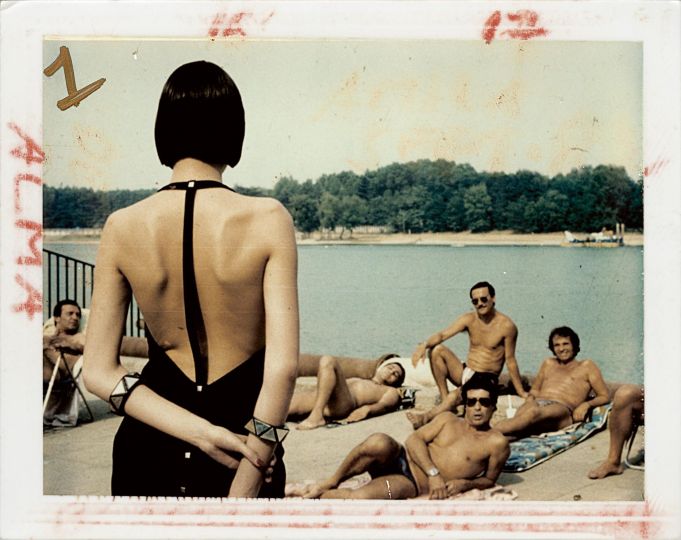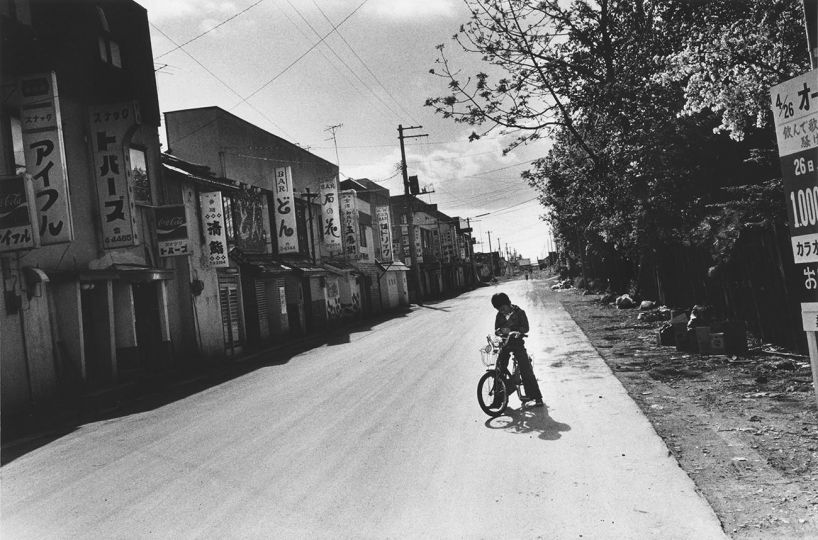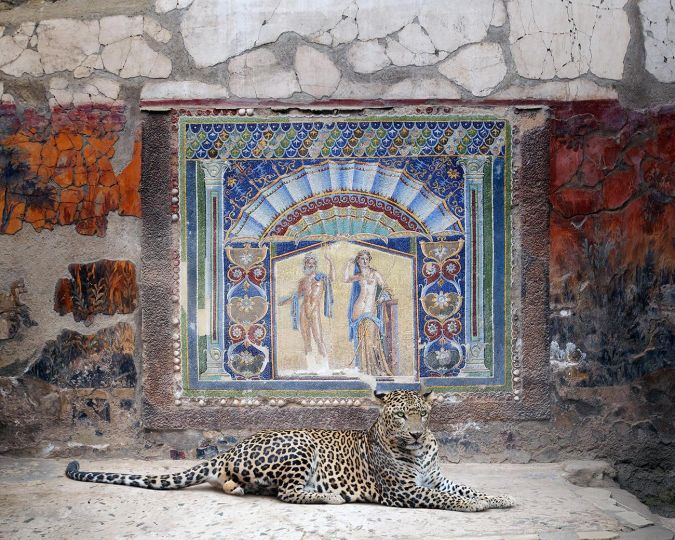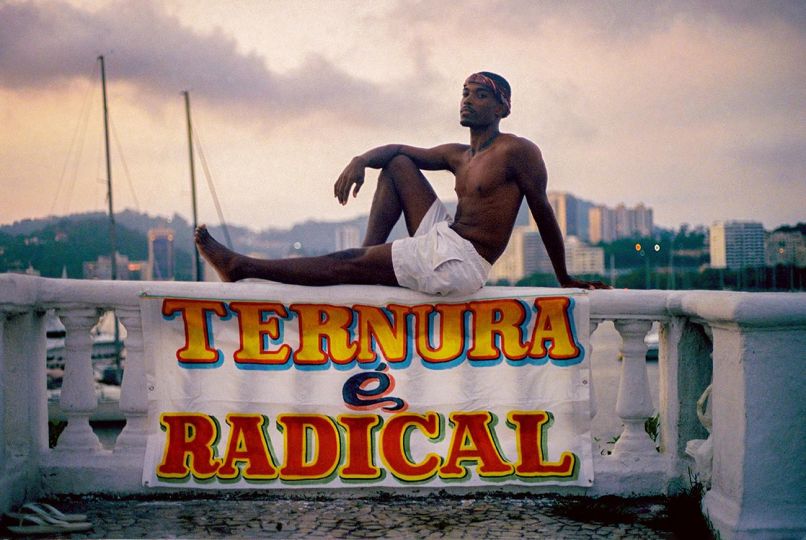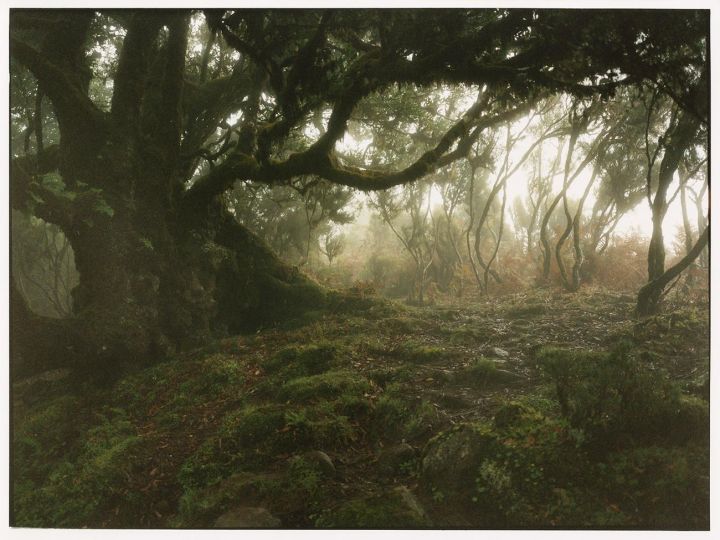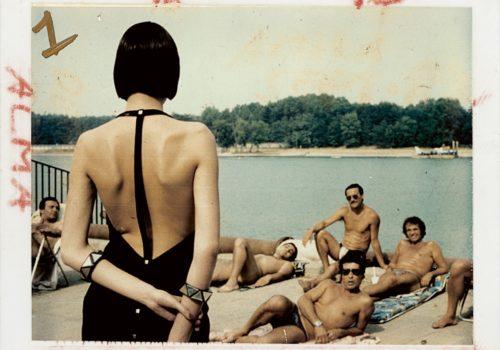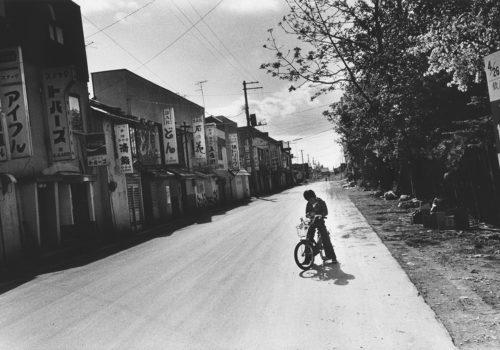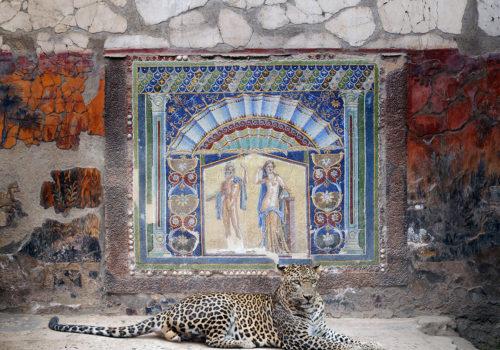Our day will come. This popular slogan of the Republicans of Northern Ireland evokes both the hope of freedom and the desire to defeat the opposing community.
But these words cannot be read without thinking of the day of our death.
Stephen Dock trained very early in photojournalism. In 2008, barely twenty years old, he wanted to seize the event. To inform, he sticks to the news as close as possible to the danger.
Syria, Palestine, Mali, Iraq…
His favorite terrain is the war zone; the conflict, his daily life. But very quickly, faced with his position as a helpless witness and the limits of photography,
Stephen Dock questions his practice: his attraction to the battlefields basically translates an intimate suffering, an inner conflict. Through his reportages a reflection on his own condition emerges: the photographer’s inability to live in peace. He is taking a new path. In his series, now, black and white and color coexist, details are enlarged, cropping is possible.
The writing is more poetic, the approach more personal. With photography we can talk about the world and talk about ourselves.
The outside and the inside are never detached. Gilles Peress’s words to him “Always photograph from the inside out and not the other way around” come to free his stepping aside.
2012, the New IRA was formed in Northern Ireland. Stephen Dock decided to go to Belfast on the occasion of the centenary of the Ulster pact celebrated by the unionists.
The tension was palpable, but nothing was happening. The time for armed combat was over.
The Good Friday peace agreements ending thirty years of civil war were signed in 1998. But souls were not appeased and the former belligerents live together in a fragile peace.
In one camp as in the other, violence, cultural, social and political, obsesses and haunts individuals. It marks the faces of survivors and new generations.
With an even stronger hold than physical violence, it shapes behavior, is inscribed as an invariant transmitted from generation to generation. If the hatred between the communities has shaped the Northern Irish identity, it has also left a lasting mark on the territory.
Life was created around the “peace lines”, the “walls of peace”, which appeared after August 1969. Present in the cities, they separate the inhabitants of the same district, sometimes from the same street.
The scars of war are everywhere. Large wall frescoes pay homage to the “heroes”, the painted messages warn the visitor that he is entering the stronghold of the Republicans or the Unionists.
The walls speak. The tags mark membership to dissident groups, testify to support for prisoners, or denounce the feeling of colonization felt: “Brits out! ” “Brits out!” “.
Stephen Dock : Our day will come
February 2 – May 22, 2022
Opening Friday, February 11, 7 p.m.
Musée Nicéphore Niépce
28 quai des messageries
71100 Chalon-sur-Saône
www.museeniepce.com
www.open-museeniepce.com
www.archivesniepce.com

